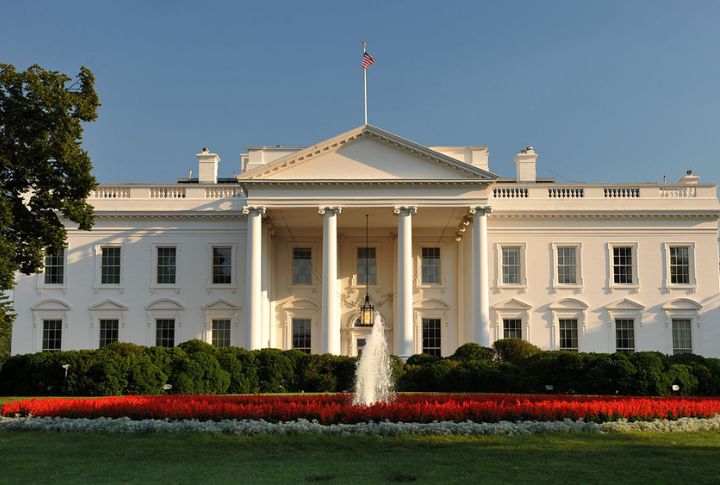
Some structures whisper, fading into their surroundings. Neoclassical residences do the opposite. With towering colonnades and grand facades, they were built to impress. More than just architecture, these ten homes were statements—designed with purpose and meant to be as unforgettable as the people who lived in them.
The White House: A Symbol Of Power And Classical Influence
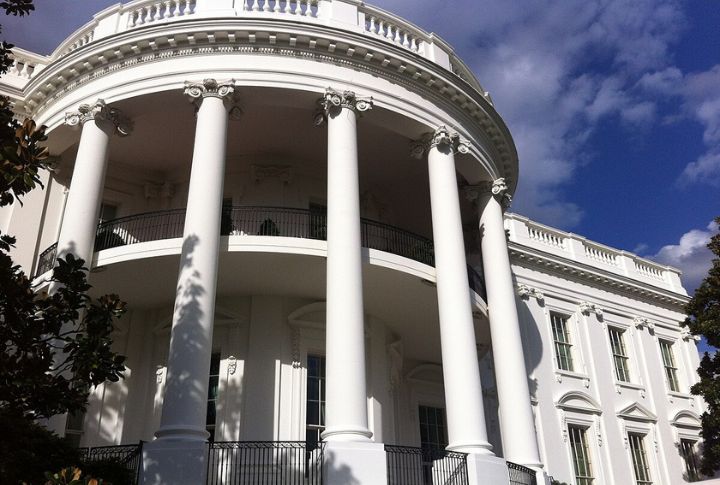
Commanding attention with its stately presence, the White House remains an icon of neoclassical architecture. Inspired by Andrea Palladio’s designs, James Hoban incorporated symmetrical layouts, Ionic columns, and a grand portico. It reflects the ideals of order and balance—principles rooted in ancient Greek and Roman traditions.
Apsley House: The Duke Of Wellington’s Timeless Residence
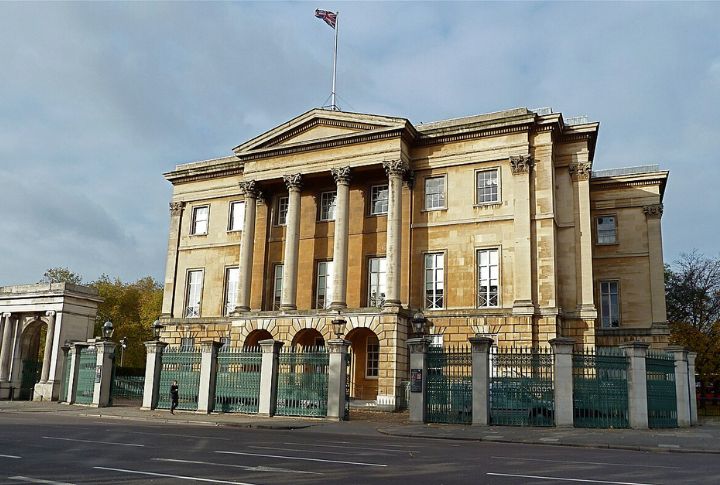
At the Hyde Park Corner, Apsley House merges historical significance with architectural mastery. Originally built for Lord Apsley, it later became home to the Duke of Wellington. Corinthian columns frame its grand entrance, while regal interiors house priceless artworks, which show neoclassical refinement alongside military history.
Palazzo Belgioioso: Milan’s Neoclassical Jewel

Giuseppe Piermarini, known for his rationalist approach, designed this Milanese palace in 1781. Its sculpted facade exudes elegance, with intricate cornices and arched windows creating visual harmony. Built for Prince Alberico XII di Belgioioso, the residence encapsulates 18th-century Italy’s shift from baroque opulence to classical restraint.
Doge’s Palace: Genoa’s Architectural Evolution
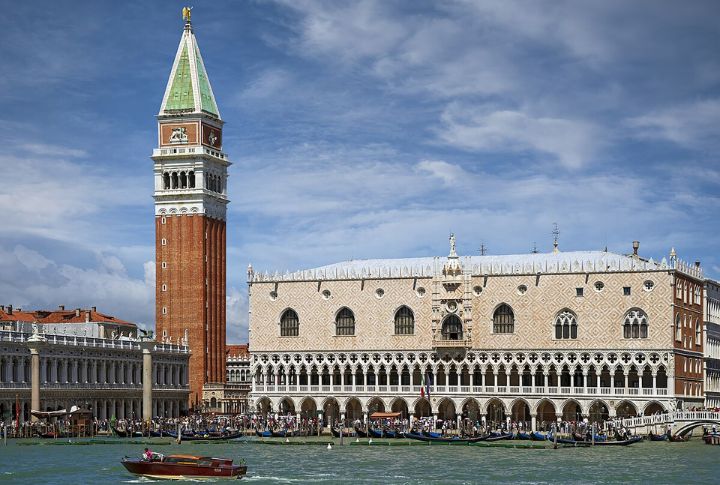
Centuries of political power resonate within Doge’s Palace, but its neoclassical transformation under Simone Cantoni redefined its identity. Layered with Ionic pilasters and sculpted pediments, the redesign balanced historic grandeur with Enlightenment ideals. Moreover, the palace’s stately rooms once housed the city’s ruling elite, blending authority with artistry.
Ciragan Palace: A Meeting Of East And West

Positioned along the Bosphorus, Ciragan Palace marries Ottoman grandeur with neoclassical symmetry. Colonnades and elaborate archways reflect European influences, yet intricate carvings preserve its Middle Eastern roots. Originally constructed for Sultan Abdulaziz, this lavish residence now welcomes guests as a luxury hotel steeped in history.
The Royal Crescent: A Sweeping Display Of Neoclassical Harmony
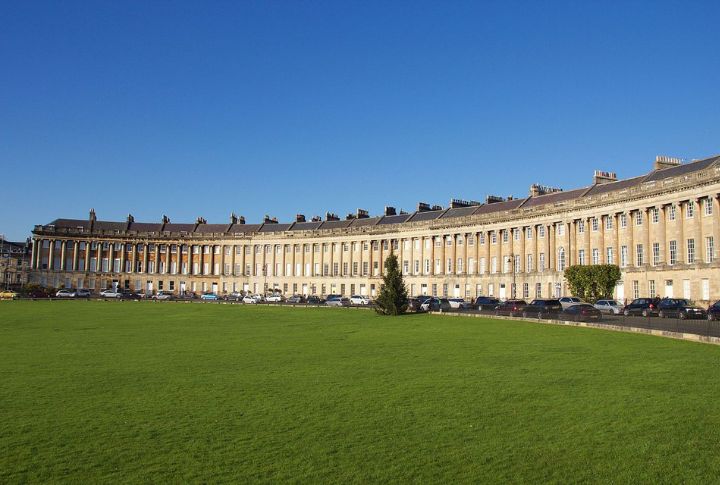
Few structures capture neoclassical ideals as dramatically as The Royal Crescent in Bath. Designed by John Wood the Younger, its 30 uniform townhouses curve in a perfect arc, commanding views of lush gardens. Moreover, the Ionic columns and proportional precision create a vision of grace, unbroken for centuries.
Cumberland Terrace: The Elegance Of Regency London
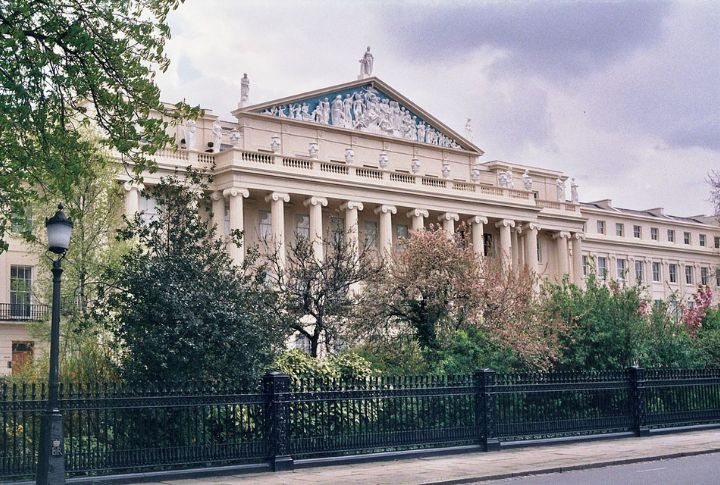
John Nash’s 1826 design for Cumberland Terrace is an attestation to Regency opulence. A monumental central arch flanked by classical colonnades creates an imposing yet refined presence. Initially reserved for London’s elite, its immaculate detailing and sculpted reliefs highlight the era’s dedication to architectural symmetry.
Shcherbatov Apartment House: Moscow’s Classical Statement
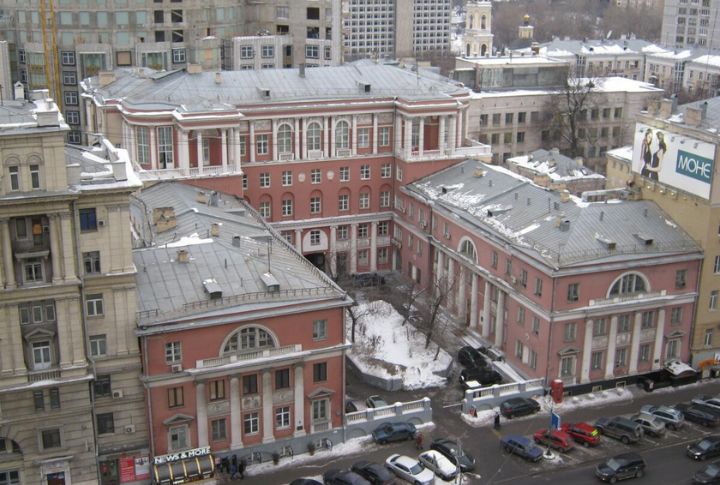
A rare fusion of neoclassical grandeur and Russian urbanism, this 1913 residence by A. I. Tamanyan introduced monumental classical elements into a bustling cityscape. Towering pilasters, decorative friezes, and symmetry distinguished it from traditional Russian estates, marking a shift towards Western European influence in pre-revolutionary Moscow.
Hotel Alexandre: Parisian Neoclassicism At Its Finest
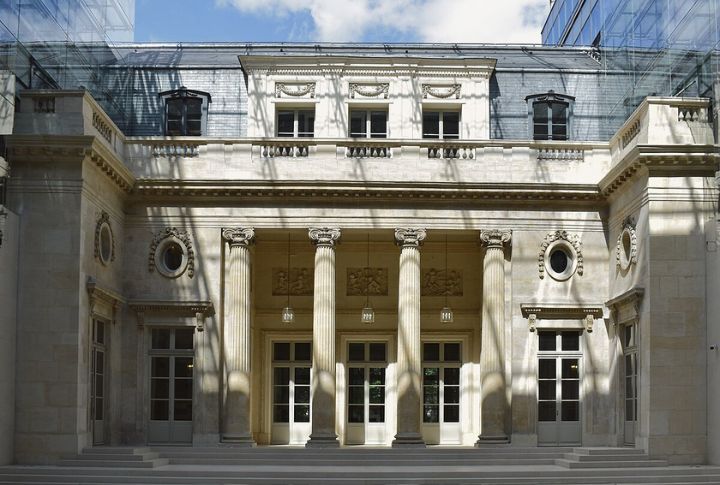
In the heart of Paris, Hotel Alexandre exemplifies 18th-century French neoclassicism. Etienne-Louis Boullee crafted its facade with symmetrical windows, pilasters, and a restrained yet elegant entrance. The residence, once a private townhouse, stands as a quiet and profound statement of balance and proportion in urban design.
Four Seasons Hotel London: Preserving Classical Elegance
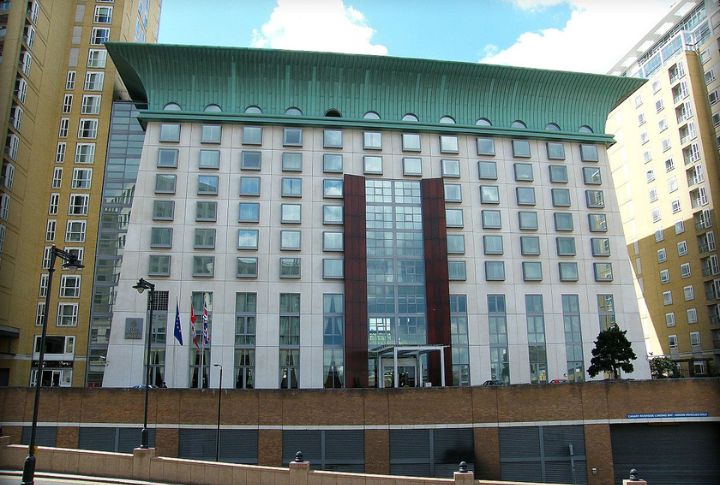
What began as a government building in 1922 now thrives as a luxury hotel at Ten Trinity Square, proving the adaptability of neoclassical architecture. The imposing Corinthian columns and detailed friezes remain untouched, while modern restorations ensure a seamless fusion of history and contemporary sophistication.

